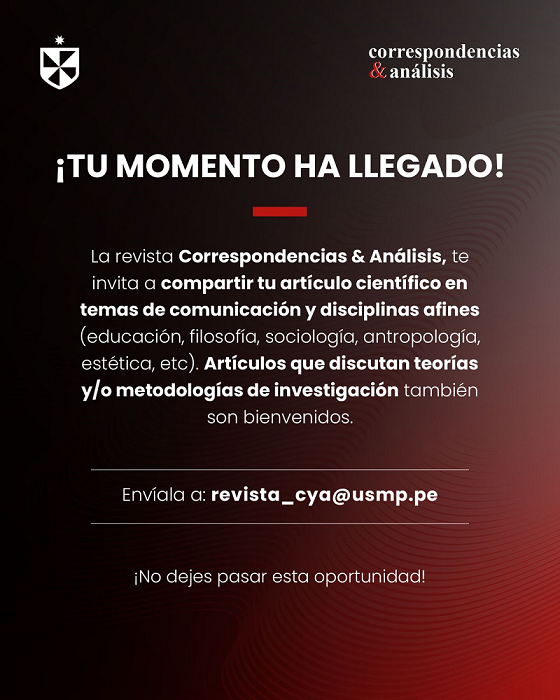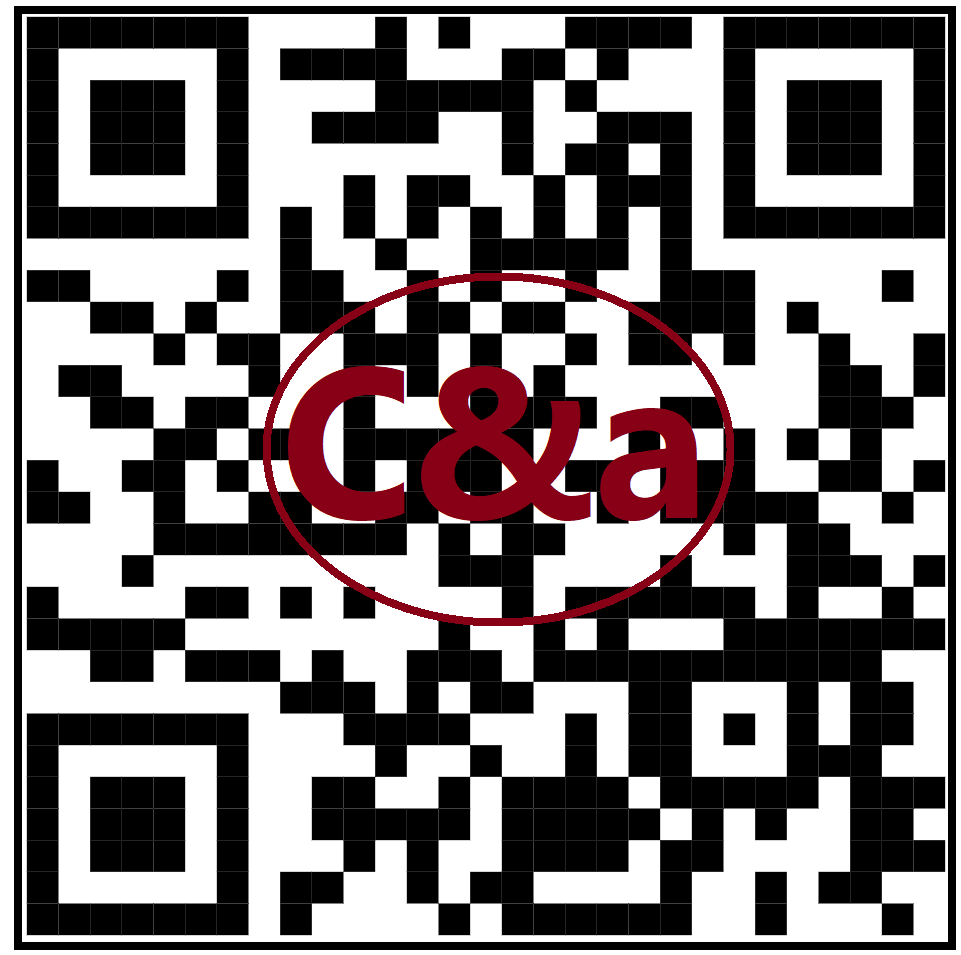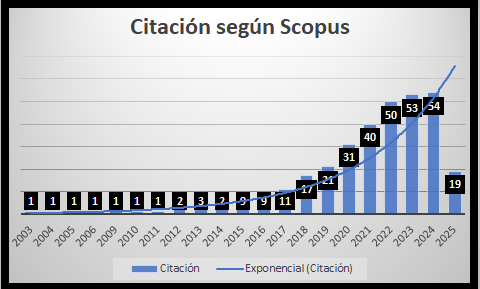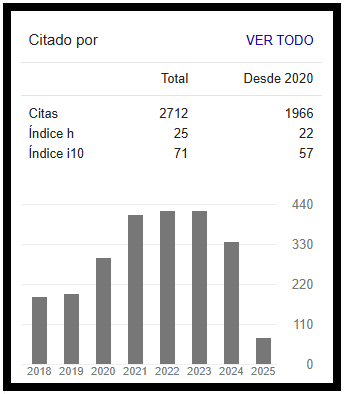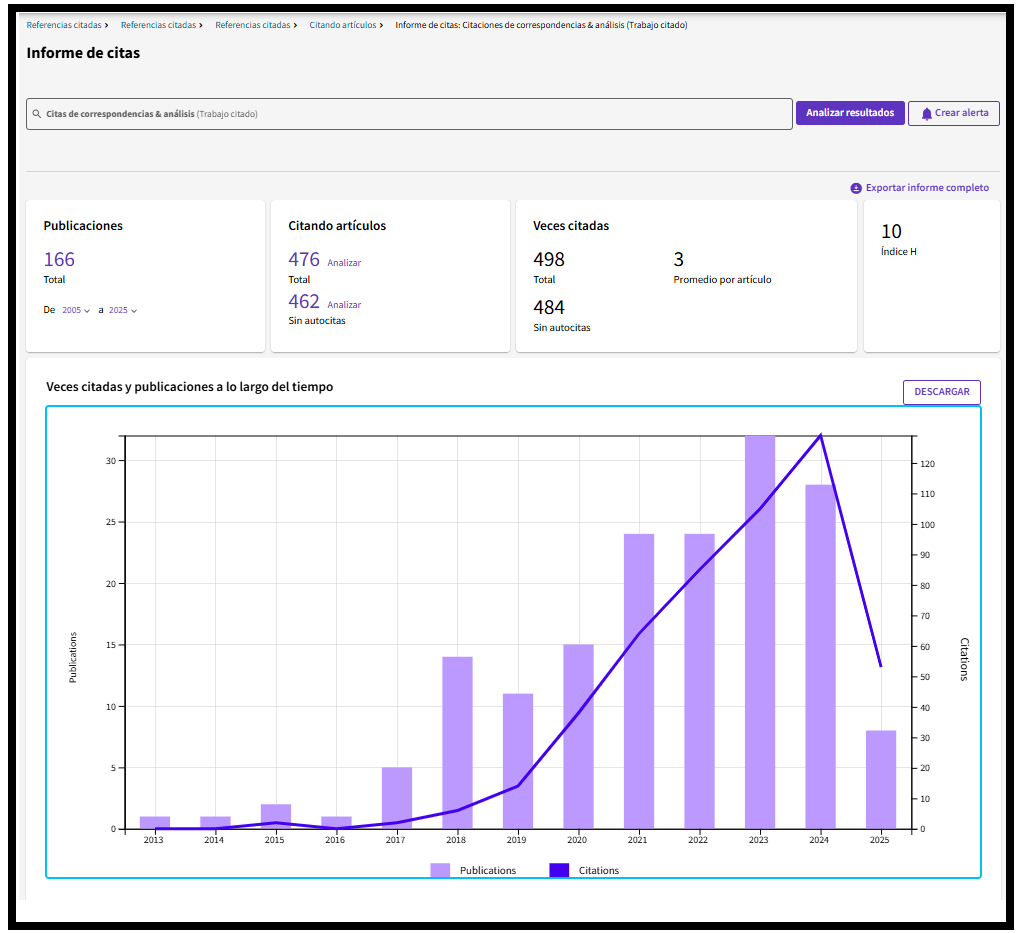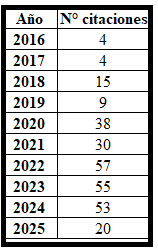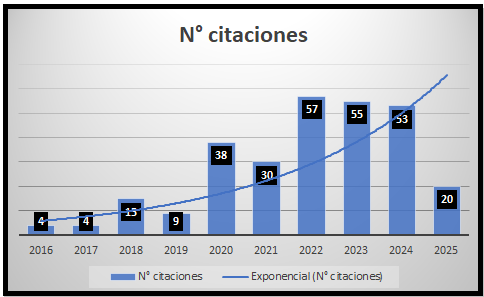El análisis del viraljacking y la percepción del peruano millennial: El Juego del Calamar
DOI:
https://doi.org/10.24265/cian.2023.n18.04Keywords:
digital advertising, viraljacking, newsjacking, branded content, social mediaAbstract
It describes the transition from the newsjacking technique to becoming the viraljacking technique, which consists of using events related to audiovisual productions, musical themes, and occurrences, most of which are covered by journalism. The technique arises due to the persistence of these events over time and their level of trendiness on social media. This research takes a qualitative approach, basing its analysis on the Theory of Advertising Appeals and Needs, identifying the characteristics of the advertising format and the use of visual rhetorical figures. The case study focuses on the series ‘Squid Game’ due to its popularity on social media, aiming to understand the perceptions of Peruvian consumers based on their experience with viraljacking. It concludes that the technique significantly benefits brands in terms of message recall and comprehension, and that users value the wit, sense of humor, and the technique’s ability to communicate the message briefly.
Metrics
Downloads
References
Angell, R., Gorton, M., Bottomley, P., Marder, B., Bhaskar, S., & White, J. (2020). News you can use! Evaluating the effectiveness of newsjacking based content on social media. Information Technology & People. 10.1108/ITP-04-2019-0177
Barrientos, A. (2020). El Newsjacking en Facebook para generar recordación en la marca Entel en el 2017 en Millennials. Caso de estudio: Campaña “Disculpas Ilimitadas” con el Cóndor Mendoza de Entel Perú) Universidad Peruana de Ciencias Aplicadas (UPC), Lima.
Bermejo, J. (2007). Teoría del Hexágono de Apelaciones Publicitarias y de Necesidades Emergentes/Advertising Appeals and Emergent Needs Hexagon Theory. Pensar la Publicidad, 1(1), 99-130.
Burton, N., & McClean, C. (2020). Exploring newsjacking as social media–based ambush marketing. Sport, Business and Management: An International Journal. 10.1108/SBM-12-2019-0116
Cabrera González, M. Á. (2010). La interactividad de las audiencias en entornos de convergencia digital. Icono 14. Revista científica de Comunicación y Tecnologías emergentes, 8 (1), 164-177. doi:10.7195/ri14.v8i1.287.
Castelló Martínez, A., del Pino Romero, C. y Tur Viñes, V. (2016): Estrategias de contenido con famosos en marcas dirigidas a público adolescente, Icono 14, volumen (14), pp. 123-154. http://10.7195/ri14.v14i1.883
Coll, P. y Lluís Micó, J. (2019). Newsjacking posdigital: el secuestro de noticias en la estrategia de comunicación. Editorial UOC. https://elibro.net/es/ereader/bibliotecafmh/124214?page=23
De La Vega Martínez, C. (2020). Ahora o nunca: el poder del Newsjacking desde el contexto publicitario. https://repository.javeriana.edu.co/handle/10554/52652
Diario Libero. [@Libero para Twitter]. (07/10/2021). Nuestra portada digital de hoy: "GANAR O MORIR" https://twitter.com/diario_libero/status/1446085073049108482/photo/1
García L. R. (Marzo, 12, 2020). Blog Creativos Prácticos. ¿Qué es el Viral Jacking? Recuperado de: https://creativospracticos.com.mx/2020/que-es-el-viral-jacking/
Guerrero P. E. (2018). La fuga de los millennials de la televisión lineal. Revista latina de comunicación social, (73), 1231-1246. DOI: 10.4185/RLCS-2018-1304
Interactive Advertising Bureau (2023, May 17). Día Mundial del Internet: ¿Cuál es el perfil y tendencia del internauta peruano? IAB Perú; IABPERU. https://iabperu.com/2023/05/17/dia-mundial-del-internet-cual-es-el-perfil-y-tendencia-del-internauta-peruano/
Interactive Advertising Bureau Spain. IAB (2019). Libro Blanco de Branded Content y Publicidad Nativa. https://iabspain.es/wp-content/uploads/lb_brandedcontent-10.pdf
Jenner, M. (2017). Binge-watching: Video-on-demand, quality TV and mainstreaming fandom. International Journal of Cultural Studies, 20(3), 304-320. https://doi.org/10.1177/1367877915606485
Katz, E.; Gurevitch, M.; Danet, B. & Peled, T. (1967). Petitions and Prayers: A Method for the Content Analysis of Persuasive Appeals. University of Chicago, Hebrew University and Israel Institute of Applied Social Research.
Kune, K. (2019) Le newsjacking et les réseaux sociaux: une combinaison gagnante? (Tesis de maestría) Université de Liège, Liège, Bélgica.
Kumar, V., & Gupta, S. (2016). Conceptualizing the evolution and future of advertising. Journal of Advertising, 45(3), 302–317. doi: 10.1080/00913367.2016.1199335
Labio-Bernal, A. (2006). Publicidad encubierta: la información que vende. Questiones publicitarias: revista internacional de comunicación y publicidad, 11, 51-65.
López, A., Giacomelli, C., & González, J. (2016). ‘Newsjacking’, o cuando el don de la oportunidad trabaja a favor de una marca. Harvard Deusto Márketing y Ventas, (136), 48-54.
McGorry, S. Y., y McGorry, M. R. (2017). Who are the Centennials: Marketing Implications of Social Media Use and Preferences. Kennesaw
McQuarrie, E.F. and Mick, D.G. (1999), “Visual rhetoric in advertising: text-interpretive, experimental,
and reader-response analyses”, Journal of Consumer Research, Vol. 26 No. 1, pp. 37-54.
Mejía, E. (2005). Metodología de la investigación científica. Lima: Universidad Nacional Mayor de San Marcos, 1.
Mieles Barrera, M. D. (2013). Investigación cualitativa: el análisis temático para el tratamiento de la información desde el enfoque de la fenomenología social. Universitas Humanística, 74(74). https://revistas.javeriana.edu.co/index.php/univhumanistica/article/view/3648
Naciones Unidas. (2019). Revisión de los prospectos de población mundial. Departamento de asuntos económicos y sociales. https://population.un.org/wpp/
Nuñez, G. (2017, 14 septiembre). Yo soy, el shopper peruano digitalizado. https://www.ipsos.com/es-pe/yo-soy-el-shopper-peruano-digitalizado
Offermans, A. (2018). Is newsjacking more effective than standard advertising? (Tesis para obtener el grado de Máster en Management Sciences especialized in Marketing and Strategic Intelligence). HEC-Ecole de gestion de l'Université de Liège. Francia
Olivier, E. (2020, november 23). Tendencias del mercadeo para el 2021. Forbes México. https://www.forbes.com.mx/tendencias-del-mercadeo-para-el-2021/
Quijandría, E. A. (2023). Viraljacking analysis. Case: The Squid Game. In SciELO Preprints. https://doi.org/10.1590/SciELOPreprints.5587
Ramos, A. (2021, October 20). Netflix suma 4,4 millones de suscriptores, elogia a “El juego del calamar.” CNN Español. https://cnnespanol.cnn.com/2021/10/20/netflix-suma-4-millones-de-suscriptores-el-juego-del-calamar-trax/
Raya Bravo I. y Cobo-Durán S. (2020). Cuando la ficción televisiva funciona como evento en directo. El seguimiento en España del final de Juego de Tronos. Estudios sobre el Mensaje Periodístico, 26(4), 1555-1567. https://doi.org/10.5209/esmp.67575
Downloads
Published
Issue
Section
Categories
License
Copyright (c) 2023 Eliana Alejandra Quijandría Cayo

This work is licensed under a Creative Commons Attribution 4.0 International License.
In case the manuscript is approved, the authors retain the copyright and assign to the journal the right to publish, edit, reproduce, distribute, display and communicate in the country of origin and abroad by means of print and electronic media in different databases.
In order for this procedure to be recorded, the author must fill out the following formats:
Format 1 - Author data Format.
Format 2 - Affidavit on originality and authorization for the publication of articles Format.
Format 3 - Open Science Compliance.







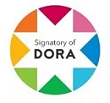
2.png)


